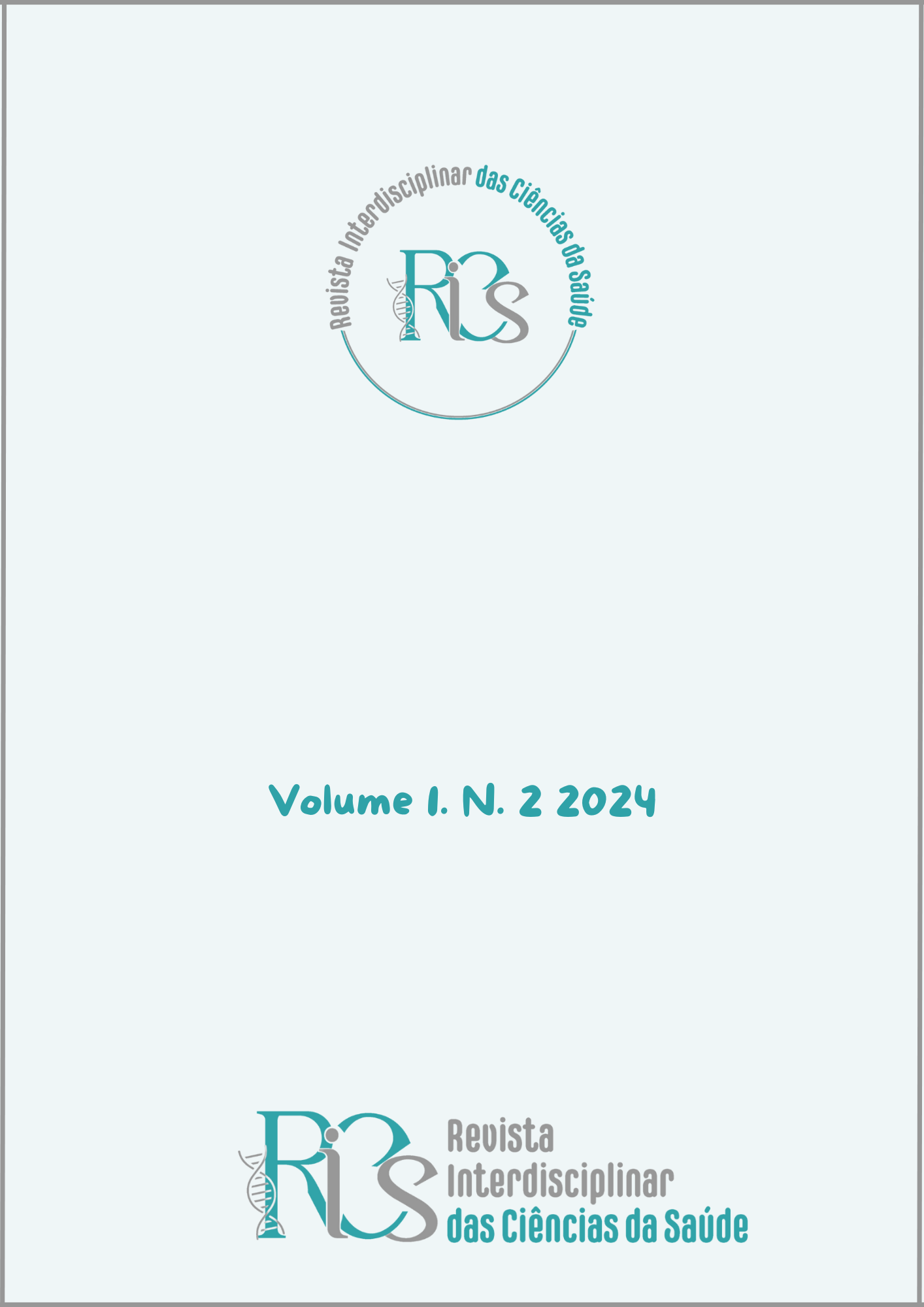TREATMENT AND DIAGNOSIS OF ACUTE OTITIS MEDIA: A LITERATURE REVIEW
DOI:
https://doi.org/10.70209/rics.v1i2.34Keywords:
Acute Otitis Media, Diagnosis, Treatment, ManagementAbstract
Introduction: Acute otitis media (AOM) often follows a viral respiratory infection, with COVID-19 reducing its incidence. Key pathogens include Streptococcus pneumoniae and non-typeable Haemophilus influenzae. High prevalence in young children underscores the need for effective diagnostic and preventive strategies. Accurate diagnosis is crucial to prevent excessive antibiotic use and antimicrobial resistance, with new technologies like artificial intelligence offering potential improvements. AOM can become chronic, requiring updated therapeutic approaches. Recent guidelines suggest “watchful waiting” for uncomplicated cases. The study reviews therapeutic options and current guidelines to optimize AOM management. Objective: To analyze the main diagnostic and therapeutic approaches used in the treatment of acute otitis media, considering their effectiveness and applicability across different age groups. Methods: A systematic literature review was conducted using PubMed and Scopus databases, filtering for
studies published within the last 5 years and of high methodological quality in English. Results and Discussion: The discussion on acute otitis media emphasizes the importance of precise and individualized diagnostic approaches to enhance disease management. Appropriate use of antibiotics is crucial in addressing growing antimicrobial resistance and ensuring treatment effectiveness. The integration of emerging technologies, such as advanced diagnostic methods and antibiotic resistance monitoring, plays a vital role in personalizing therapeutic strategies. Additionally, updating clinical guidelines and continuous education for healthcare professionals
are essential to optimize clinical outcomes and minimize complications associated with acute otitis media. Conclusion: The review on acute otitis media treatment highlights the importance of early diagnosis and adapting therapies to individual patient characteristics. Although technological advances have improved diagnosis, antimicrobial resistance remains a complication in treatment. Balanced use of antibiotics and updated therapeutic guidelines are essential to optimize disease management and reduce complication.





